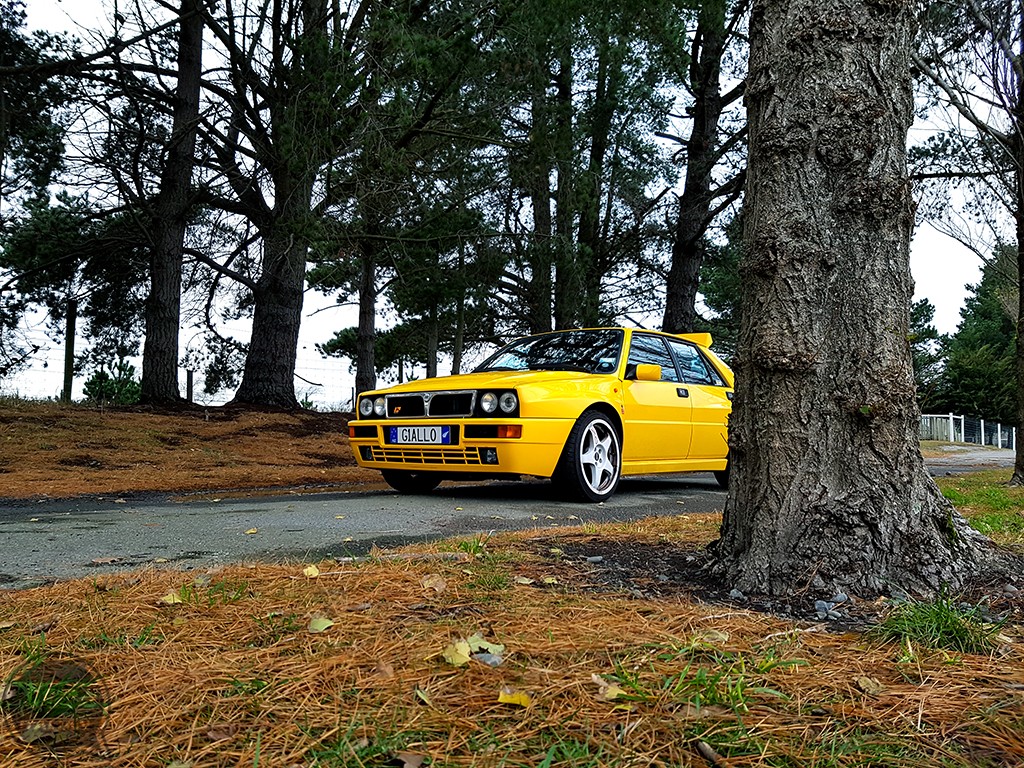

All sorts of things are different, from the type of bearings used, to the long-life brushes, the way the solenoid works, the wiring (beefed up). Indeed, if you took a starter motor from the 1990s and looked at one from today, the modern starter would be much stronger capable of handling up to 500,000 cycles in its ‘lifetime’ – the older starter would have only been designed to handle around 50,000 start cycles. See, asking an engine to stop and then start again places strains on components. The widespread application of stop-start has only been possible because of improvements in things like battery technology, bearings, oils and control systems in vehicles. Does stop-start cause premature wear and tear? And it’s rare, even when conditions are right, that a stop-start system will keep your vehicle’s engine switched off for more than 90 seconds. It’s worth remembering here that stop-start will only work when conditions are ‘just right’, meaning, if it’s too cold or too hot and the HVAC is working overtime to keep your warm or cool then the stop-start will switch off the engine but then a split-second later turn it back on again to prevent the battery from being overloaded.
#Car shuts off in park but starts right backup manual
The Formel E kit also included a gear shift indicator which via a yellow light on the instrument panel would advise when to shift up a gear for maximum efficiency.īut the main piece of kit was stop-start which you would activate by pressing a button on the dash and then pressing it again to turn the engine back on, or when you slotted first gear in a manual car. Under Formel E, the relevant Passat, Polo and Golf (be it petrol or diesel) would be fitted with aerodynamic bits and bobs, tweaked transmissions which featured a tall top gear, (called an e gear) for fuel saving while running at a constant speed on the highway. Think of it as BlueMotion before BlueMotion. Stop-start was a suite of technologies the brand launched under its Formel E (Formula E) brand. Or, at least, it was Volkswagen that first applied the idea to production vehicles. Long before some ‘rogue’ Volkswagen engineers decided to game the system in California and cause ‘dieselgate’, some Volkswagen engineers invented stop-start. It was the 1980s, an age of big hair, great movies (Highlander, Ghost Busters, Top Gun, Indiana Jones, Star Wars…) and innovation in cars. Sit back and let uncle Isaac learn you… What’s the history of stop-start?

Would this have anything to do with the auto start/stop feature, or possible crankshaft positioning sensor, as mentioned in another article online?PLENTY OF OPINIONATED writers will tell you how stop-start is all about carmakers gaming the system in lab-based fuel economy tests, and to some extent it is, but there’s more to stop-start than that. I did log into the mopar connect feature and it does not detect any codes or issues. Heading to the dealership on 4/1, I am fairly certain that they will not find or be able to duplicate the problem. I have had the truck stall before, but I do not recall the exact conditions under which it did. I placed the shifter dial into Park and restarted without any issue. I did not recall seeing an error message "no bus" as the previous post asksĪs I eased to the side of the road 1-2 mph, the truck automatically applied the parking brake and abruptly stopped. Center screen stated to place vehicle in park before starting. Before I could straighten the truck out of the turn, it stalled. Truck was moving slowly enough, maybe 5-8 mph through the turn that I did not apply the accelerator, nor did I have any brake pressure applied to complete the turn. While traveling at approximately 35 mph I slowed to make a very sharp right hand turn. I experienced the stalling problem with my 20 Laramie crew cab with the Hemi etorque.


 0 kommentar(er)
0 kommentar(er)
